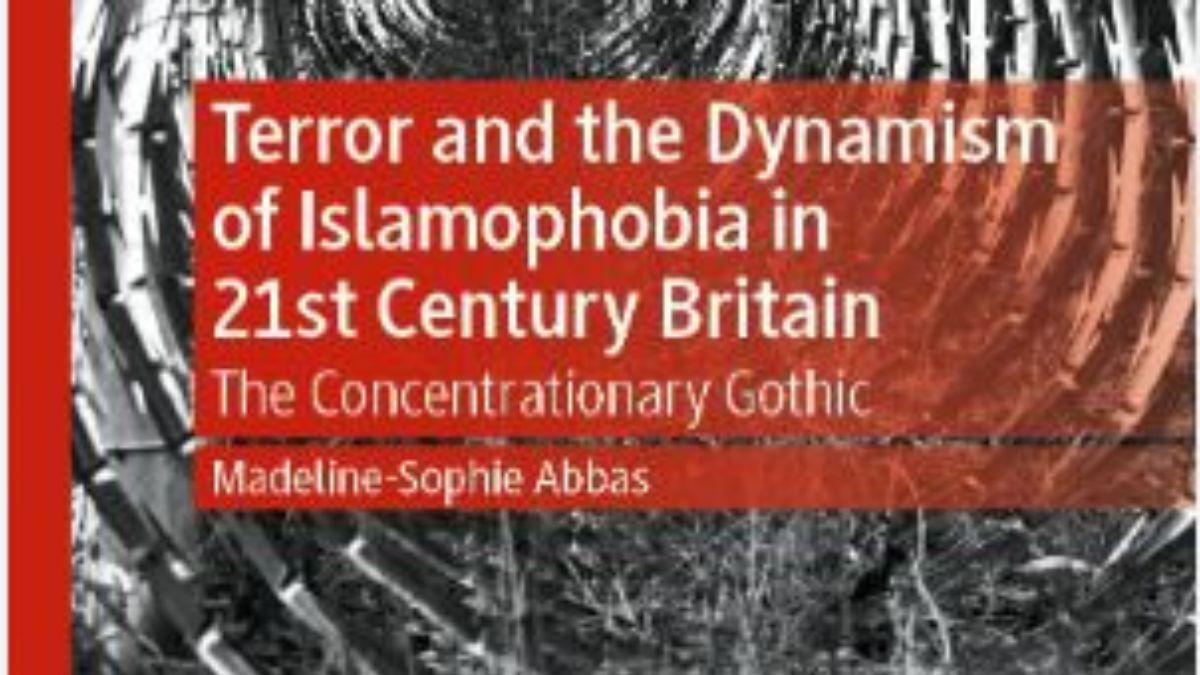
Following the racist abuse of Black players Marcus Rashford, Bukayo Saka, and Jadon Sancho after the England-Italy Euros 2020 football final, football fans Shaista Aziz, Amna Abdullatif and Huda Jawad who call themselves the ‘Three Hijabis,’ started a petition to ban racists for life from football. This petition has since gone viral, garnering over a million signatures. Their intervention brings to the forefront the contentious place of race and the role that British Muslims play in shaping the national conversation concerning race relations.
It is these complex entanglements through which racism operates and is resisted that I wanted to address in my book, Terror and the Dynamism of Islamophobia in 21st Century Britain: The Concentrationary Gothic. It draws on the real-life experiences of 26 Muslims in Britain interviewed in Leeds and Bradford, but it is not intended to just be read by Muslims. Rather, my intention is for their experiences to open up a broader discussion of racial politics and issues of nation and belonging. Writing from a position of the in-between, English and Iraqi, Christian (non-practising) but with Muslim heritage, I was forced to confront the challenges of researching a ‘suspect community’ (a term which has been used to describe the experiences of Muslims and impact of counter-terrorism measures in a post 9/11 world) and my own complicity, however unintended, in reproducing the culture of fear experienced by Muslims in the ‘war on terror’ context of Britain.
As someone with white privilege I could avoid being ‘seen’ as Other, and yet the events of 9/11 which motivated my research, bear the internal conflict I experienced when my country declared war against Iraq in 2003 where many of my family members reside or have since been displaced. There are two key arguments that I make:
Firstly, that we cannot understand racism without engaging with whiteness: ‘To speak of whiteness is…to assign everyone a place in the relations of racism’ (Frankenberg 1993: 231, 6). Adopting this position allows us to understand how white identities are connected to forms of privilege and power and racial exclusions on which they are premised. This is not to suggest a simplistic white/non-white binary which brings me to my next point.
Secondly, that racism is relational, meaning there are important connections which can be drawn between differently racialised groups. This is significant for identifying shared experiences of racism and Othering and the possibility for productive alliances to be forged. It does highlight however, that racism has a pernicious way of realigning at different historical moments. I situate my participants’ experiences within wider racial politics, drawing connections to anti-Semitism, anti-Blackness, anti-Irishness and whiteness to examine how racial terror has operated in both historical and contemporary contexts of colonialism, slavery, and the camp.
I put forward a framework of racial terror: the Concentrationary Gothic, which examines how governance is racialised as revealed through nation construction, racial profiling, and restrictions to freedom of speech and political engagement. Importantly, divisions are engendered within the ‘suspect community’ as result of the culture of fear, or what I term the terrors of counter-terrorism. These practices operate across state, group (inter- and intra-), and individual levels in diverse contexts such as the street, workplace, public transport and the home.
I invite the reader to challenge how they ‘see’ race, and indeed themselves, and to take as a starting point their location within a racist system. It was one of my participants who summed it up nicely for me: “I think we can all be very naïve when it’s not affecting us.”
Dr Madeline-Sophie Abbas is a Senior Lecturer in Criminology, Sociology and Policing at Leeds Trinity University. Her book, Terror and the Dynamism of Islamophobia in 21st Century Britain: The Concentrationary Gothic is available to purchase from Palgrave Macmillan.